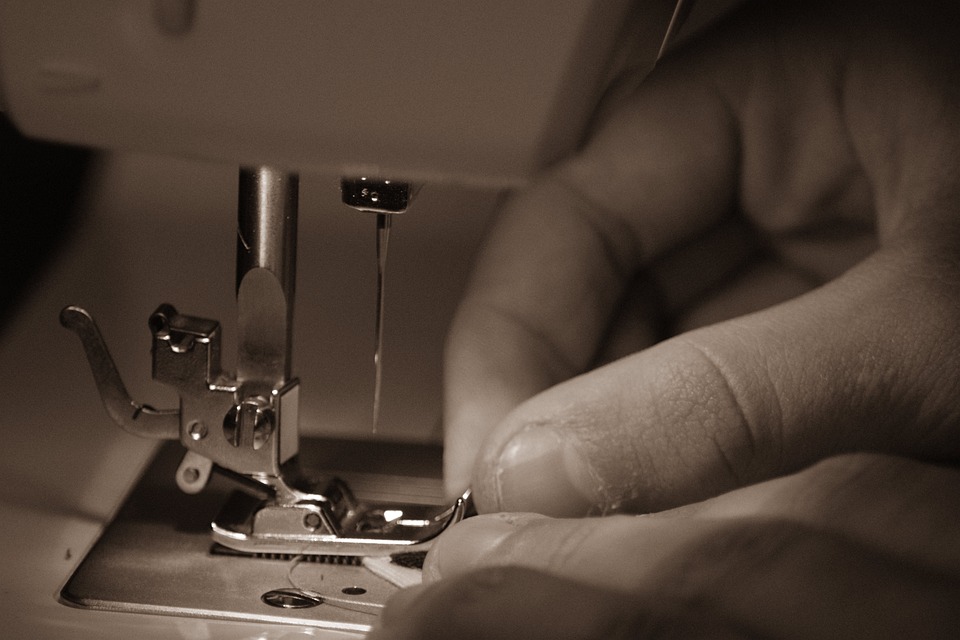From Pulp to Thread: The Fascinating Journey of Viscose
Viscose, also known as rayon, is a versatile and widely-used fabric that is made from plant cellulose. It’s a great alternative to natural fibers like cotton, as it offers similar properties with added benefits. The journey of viscose from pulp to thread is a fascinating process that involves several steps and technological advancements.
The journey begins with the extraction of pulp from various plant sources, such as wood, bamboo, or cotton linters. These plant materials are first treated chemically to remove impurities and break down the cellulose into a soluble form. The resulting pulp is then dissolved in a solution, typically a mixture of sodium hydroxide and carbon disulfide.
This dissolved pulp solution is known as viscose, hence the fabric’s name. The viscose is then aged for a few days, allowing the molecules to bond together and develop a syrup-like consistency. During this aging process, the solution undergoes several chemical reactions that convert the cellulose into a viscous, sticky substance.
In the next step, the viscose is extruded through tiny holes called spinnerets into a coagulating bath. This bath is filled with a chemical solution, usually a mixture of sulfuric acid and sodium sulfate, which triggers the hardening of the viscose. As the viscose comes into contact with the coagulating bath, it solidifies into long fibers.
Once the fibers are formed, they are washed thoroughly to remove any remaining chemicals and impurities. This washing process is crucial to ensure the durability and strength of the fibers. The washed fibers are then stretched and dried, resulting in thread-like strands of viscose.
At this stage, the thread-like viscose fibers can be spun into yarn and then woven into fabric. The properties of viscose make it suitable for a range of applications, including clothing, upholstery, and even medical supplies. Its soft and smooth texture, excellent drape, and high absorbency have contributed to its popularity in the fashion industry.
Viscose has undergone significant advancements and modifications over the years to enhance its performance and sustainability. Eco-friendly alternatives, such as lyocell and modal, have also emerged, offering improved environmental credentials while maintaining the desirable qualities of viscose.
The production of viscose does come with some environmental concerns. The chemicals used in the process, if not properly treated, can harm ecosystems and contaminate water bodies. However, efforts are being made to develop cleaner and more sustainable production methods. Some manufacturers are adopting closed-loop systems that reclaim and reuse chemicals, reducing waste and pollution.
In conclusion, the journey of viscose from pulp to thread is a captivating process that combines chemistry, technology, and nature’s resources. The transformation of plant cellulose into a versatile fabric showcases human ingenuity and innovation. While there are environmental challenges associated with viscose production, ongoing research and development aim to create a more sustainable future for this fascinating fabric.

